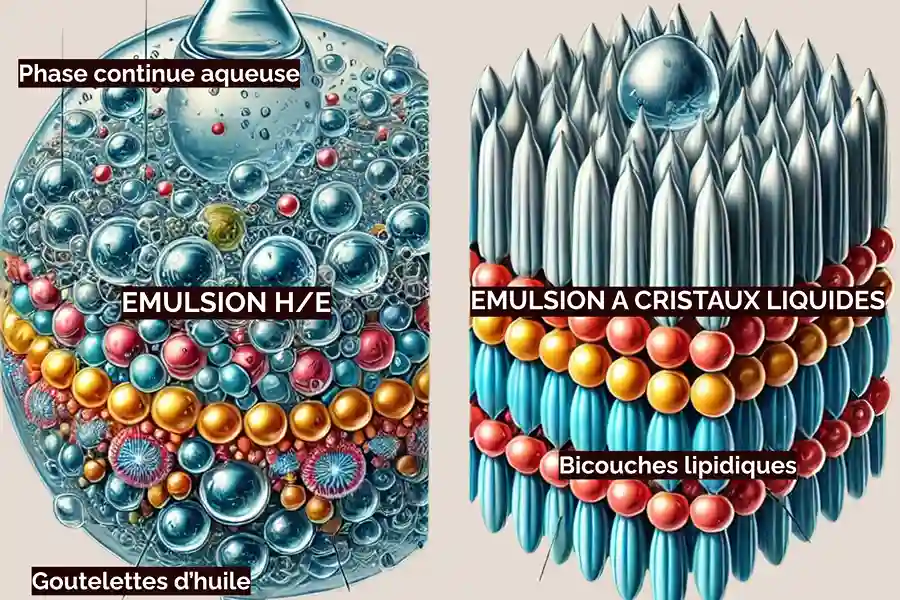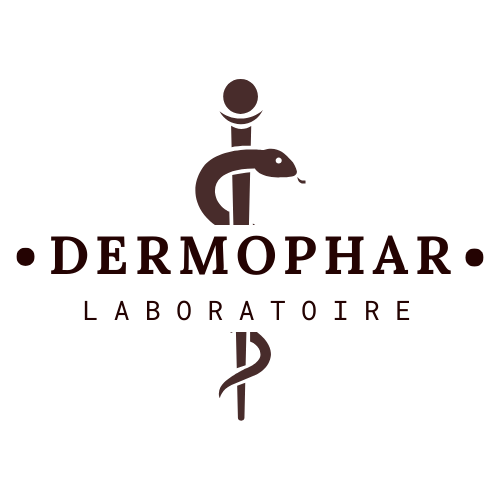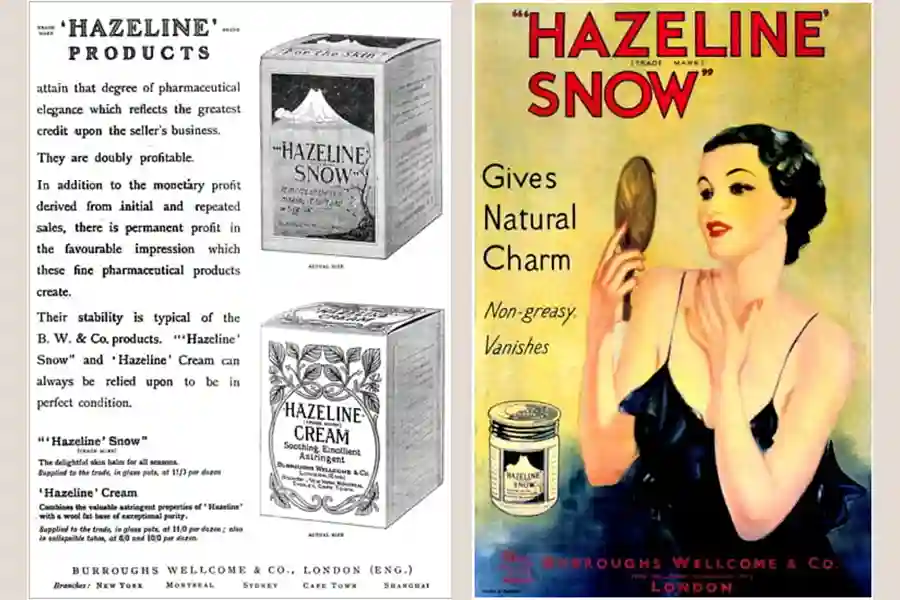Entrepreneurship & Strategy, Science & Innovation
Stearate cream: a journey through the history of cosmetics, science and iconic products
Hazeline cream, Vanishing cream: discover the history and scientific revolution behind these two icons of modern cosmetics.
In the world of cosmetics, emulsions play an essential role in the formulation of skincare products, and among the most fascinating innovations, the Stearate cream deserves special attention. Indeed, far beyond its simple moisturizing properties, this cream has a proven track record in skin restructuring, particularly for dry, rough skin. In this article, we delve into the history of this amazing emulsion, explore its unique scientific mechanism, and discover iconic products that have left their mark on the cosmetics industry.
The Story of Stearate Cream: a revolution in the world of cosmetics
Crème au Stéarate, today a benchmark cosmetic product for the care of dry, rough skin, traces its origins back to 1892, when the company Burroughs & Wellcome. Founded in London in 1880 by Silas Mainville Burroughs and Henry Solomon WellcomeFrom the outset, the company has stood out for its commitment to standardize drug and cosmetics formulations. This innovative approach would transform not only the pharmaceutical industry, but also the cosmetics sector.
The first Hazeline Snow (Stearate Cream) were originally intended as a make-up base. Its effectiveness in soothing dry, damaged skin soon made it a worldwide commercial success. In 1892, Crème au Stéarate was marketed for its properties emollients and astringentwith the addition ofwitch hazel (witch hazel), a plant with soothing and restorative properties.
Read moreImpact on the cosmetics industry
Burroughs & Wellcome's impact on the cosmetics industry is undeniable. By standardizing formulations, the company paved the way for mass production and large-scale distribution. This transformed cosmetics into a global market, no longer limited to artisanal or local preparations.
The company's history also highlights the emergence of new players in the cosmetics industry. For example, after the death of Silas Burroughs in 1895, Henry Wellcome has focused its efforts on scientific research, creating research laboratories specialized in the production of vaccines and new medicines, reinforcing the company's image as a leader in the pharmaceutical and scientific cosmetics.
The chemistry behind stearate cream: an innovative emulsion
Saponification and phase inversion
Stearate cream uses a phase inversion methoda complex chemical process in which an emulsion oil in water (O/W) is transformed into water in oil (W/O), and vice versa. This process relies on the use of bases such as soda (NaOH) and potash (KOH), which triggers a saponification part of thestearic acid.
Bases play an essential role in this reaction. Soda ash and potash act as catalysts, allowing the partial conversion of stearic acid into soap. This soap helps stabilize the fat-continuous emulsion, before phase inversion occurs and the formulation stabilizes as a gel with a two-layer structure liquid crystals.
Visit bases (triethanolamine, sodium hydroxide and potassium hydroxide) also add suppleness to the formulation and contribute to texture formation. pearly stearate cream, a typical aspect of this emulsion after phase inversion.
Bilayer structure and hydration
Once phase inversion has been achieved, Crème au Stéarate adopts a liquid crystal structure. These lipid bilayers capture water, but this water is structured in a particular way, called water-like-ice. This water, acting as a "cage" around certain hydrophobic molecules, encourages the aggregation of proteins in the epidermis, such as filaggrine and the keratin. This process does not hydrate the skin directly, but rather restructures the superficial layers of the epidermis, reinforcing the cutaneous barrier and protecting it against external aggression.
The key ingredients of emulsion
- Stearic acid A fatty acid essential for the formation of lipid bilayers.
- Glyceryl stearate An emulsifier that helps stabilize emulsions and promote the formation of liquid crystals.
- Soda and potash These bases saponify stearic acid, triggering phase inversion and the formation of a creamy gel.
- Glycerine A humectant that stabilizes the aqueous phase and contributes to the cream's suppleness.

From historic icons to the must-have products of modern French Pharmacy
Hazeline cream and Vanishing cream
Stearate cream, under its trade name of Hazeline Snowwas one of the first products to exploit phase inversion technology to create a light, effective texture. This innovation was not limited to its effectiveness in soothing the skin, but also offered a non-greasy emulsionIt is rapidly absorbed by the skin, leaving no residue. This product was a precursor of the creams Vanishing Creampopular from the 1920s onwards, which were to influence brands such as Pond's and Olay in the following decades.
The modern icons of French Pharmacy
The chemical principles used in stearate cream, notably phase inversion, are still present in modern formulations. Concentrated milk fromEmbryolisse and cream Biafine, use similar ingredients such asstearic acid and the glyceryl stearate in their creams and Triethanolamine as a base for saponification. These products are designed to nourish dry, irritated or damaged skin, and a nod to the history of this emulsion: concentrated cream milk was originally intended for make-up artists who used it as a make-up base... which inevitably makes us think of the first entrepreneurs to have exploited the benefits of this chemical process!


